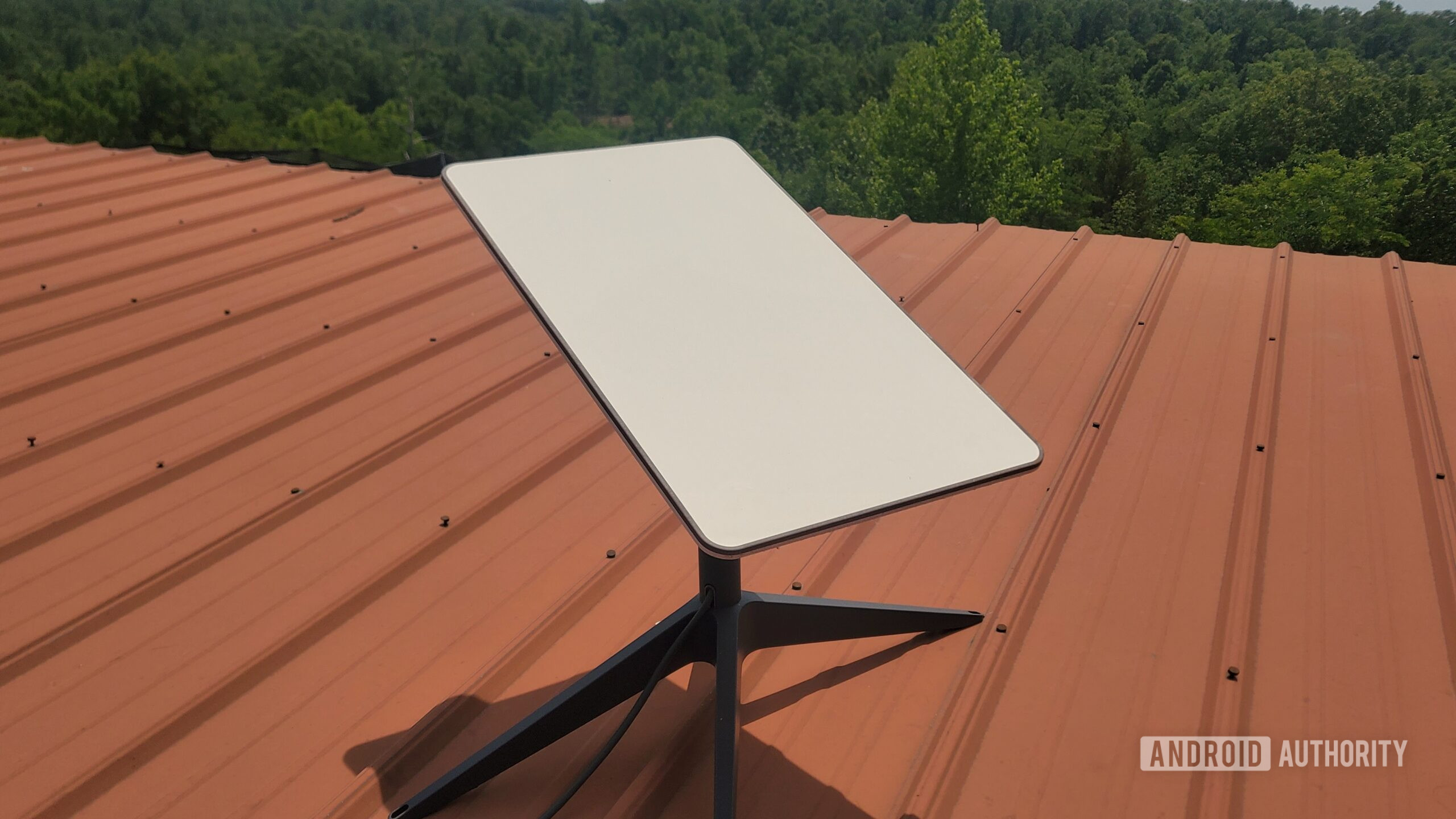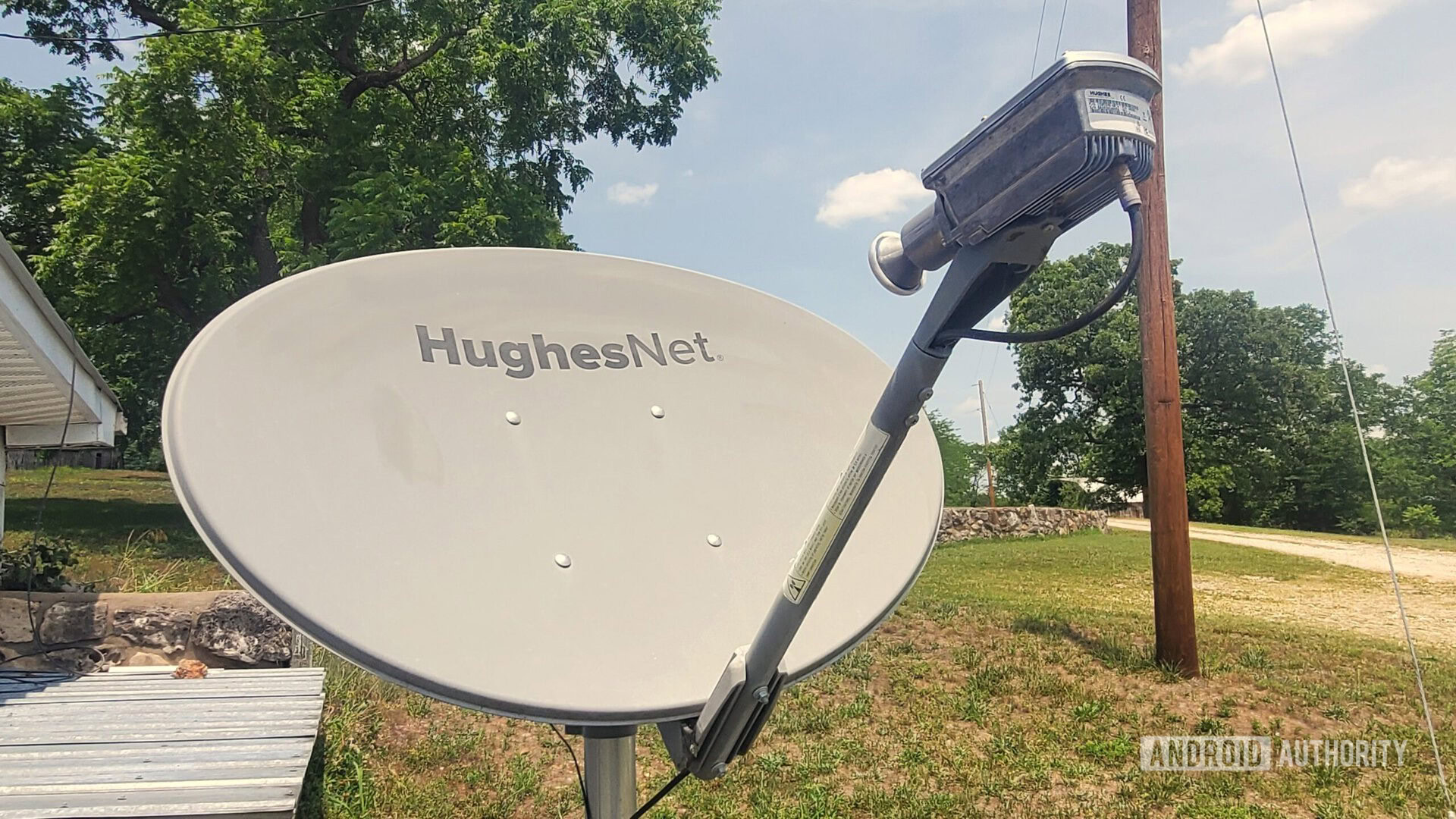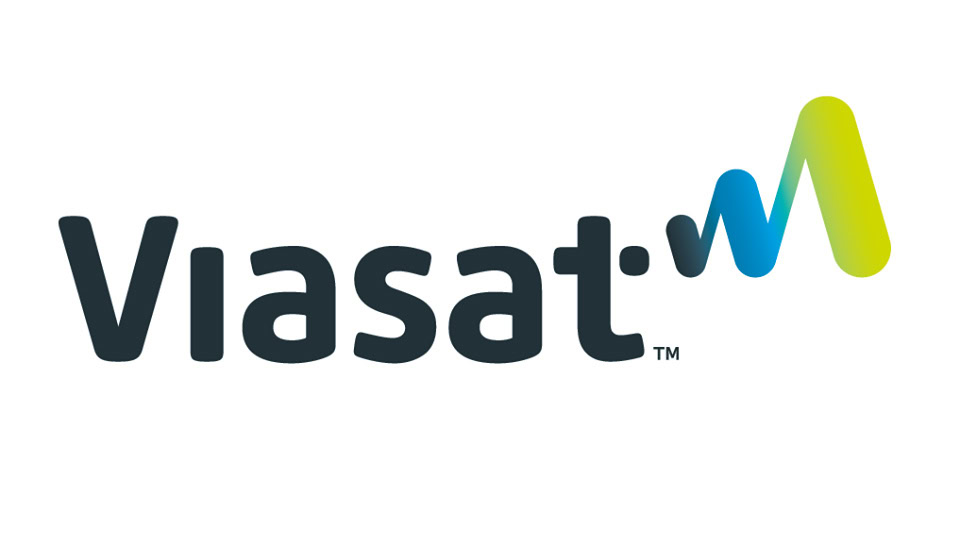Affiliate links on Android Authority may earn us a commission. Learn more.
Best satellite internet providers of 2023: An honest experience-based look

Satellite internet gets a bad rap for slower speeds and horrible latency. There’s some definite truth to this, though for many of us in rural America, satellite is one of the few options available for internet service. The good news is that breakthroughs in satellite technology are making satellite internet much more practical than ever before. In this guide, we take a look at the best satellite internet providers available in 2023. Truth be told, there are only three options. Let’s dig right in.
Is satellite internet a good option?
Typically, satellite internet is best as a last-ditch option for those that don’t have wired internet options. If you can get LTE-based or 5G fixed wireless internet, that’s typically a better choice for many users. Even options like slow DSL can often outperform traditional satellite service.
If you’re like me and live in the middle of nowhere? A satellite internet provider might be the only option. I live in a very wooded area, meaning that fixed wireless providers won’t hook me up. There are just too many trees blocking the way! Previously I used a combination of Hughesnet and Visible LTE as an unlimited hotspot to provide service to my house. Complete with a signal amplifier that allowed me to get a stronger LTE signal into my home. Since then, I’ve moved on to Starlink. Like other satellites, you’ll get access even in extremely remote areas. Even more crucial, you’ll actually get decent speeds and latency.
Best satellite internet providers of 2023
Before we run through the three satellite providers available in the United States, let’s explain a core difference between Starlink and the other two. While Viasat and Hughesnet use larger satellites that are parked way farther away from Earth, Starlink instead deploys a massive network of over 3,500 smaller satellites that orbit closer to the Earth at just 324 miles, versus 22,000 miles for Viasat and Hughesnet. This closer distance makes Starlink faster, not just in terms of download speed either. The closer distance of the satellites improves something called latency.
Latency is basically how long it takes the satellite to send info to your home connection and vice versa. The lower the latency, the better the performance. Low latency is very important for streaming services, video calls, gaming, and pretty much everything except for basic browsing. As you can imagine, this makes Starlink infinitely better than its competitors. Of course, it’s not without its downsides. Let’s take a quick look at how the three compare:
| Starlink | Hughesnet | Viasat | |
|---|---|---|---|
Cost | Starlink $120 for residential $150 for Roam $250 for Business/Mobility | Hughesnet $65 for 15GB $74.99 for 30GB $89.99 for 100GB $124.99 for 200GB | Viasat $50 for 60GB $70 for 100GB $100 for 150GB $150 for 300GB $200 for 500GB |
Speed | Starlink 25-220Mbps for residential 5-220Mbps for Starlink Roam 100-220Mbps for Business/Mobility | Hughesnet Up to 25Mbps 1-5Mbps after cap | Viasat 25Mbps for 25GB 30Mbps ffor 100GB 40Mbps for 150GB 50Mbps for 300/500GB |
Data cap | Starlink None | Hughesnet 15-200GB | Viasat 60-500GB |
Latency | Starlink 25-50ms | Hughesnet 650-750ms | Viasat 600-672ms |
Starlink

Starlink is more expensive than the base plans found with Viasat and Hughesnet, plus you have to spend at least $599 for the satellite equipment — $2500 for business and mobility plans. However, you’re getting a lot more for your money.
Starlink is capable of significantly higher speeds than its rivals, at as much as 220Mbps. That’s just the official number. Sometimes you’ll see speed tests go as high as 300Mbps, but that’s typically during dead hours like 3 am. Upload speeds vary but are at least on par or higher than you’d find with Hughesnet or Viasat as well.
Starlink doesn’t quite compete with terrestrial options, especially fiber or higher-speed cable. It comes close, though, and has massively changed how I use the internet. Previously we had cable TV just because streaming with caps wasn’t really feasible. I had to baby my connection and carefully measure what I’d use data on when I had Hughesnet. That’s not the case with Starlink, thanks to its unlimited data and fast speeds.
Starlink might be a satellite service, but it's peformance is more akin to terresterial internet options with decent speeds and latency.
There are a number of different plans with Starlink, though most consumers will want to get Starlink Residential at $120 a month. If they can. While most of the western United States is now open for business, parts of the Midwest and east coast have crowded cells and backed-up waitlists. The only way to get service is to go with Starlink Roam. While it’s meant to be used for an RV, it works perfectly at home and is actually a better service than my previous options (LTE and Hughesnet).
Starlink plans also have the option to buy prioritized data for $2 per gig, for moments when you have a priority task and need speed to be on your side. Of course, it also can add up pretty fast, so it’s probably something you won’t use often.
As a Starlink user, I need to bring up consistency. It’s true; Starlink speed tests can be all over the place. In the time I originally wrote this article, I ran three quick tests over about a thirty-minute period and came back with 77.1Mbps, 49Mbps, and 13Mbps. That’s quite the range. During peaks, my Starlink Roam service can get as low as 5-6Mbps, though it typically stays above 12Mbps even during congestion. Outside the peak, it varies anywhere from 20-60Mbps. Since then I’ve switched to Starlink Business which has much better speeds but still lacks a bit in consistency with speeds ranging from 50Mbps to 180Mbps typically.
Those with Residential and Mobility will also see better speeds. For example, my sister’s Starlink Residential service tends to average at least 15-20Mbps even during the peaks, though it’s often 100Mbps or higher. Even with its inconsistencies, I’d take Starlink over my experience with Hughesnet.
Hughesnet

I used Hughesnet for a few years before switching over to Starlink. It certainly does the job for basic users. Unfortunately, it’s not great for certain tasks. Video calling and gaming aren’t really feasible due to lag and delay. I also never had much luck with streaming. Sure, it would work, but the buffering was a killer. During that period, I had Dish Network for TV, as streaming just wasn’t very viable.
Hughesnet is perfectly fine for basic low-resolution YouTube videos and basic internet browsing. Even downloading files and games from Steam wasn’t bad at all. It was also perfectly serviceable for doing my work from home (WordPress, etc.) In those tasks, it is almost as good as anything else. But beyond that, latency would get in the way.
Still, if you have basic needs, it is widely available and can still be a decent option. It’s not as fast as Viasat’s advertised speeds or anywhere near what Starlink brings to the table. That said, Hughenet tends to be more consistent than Viasat and is, again, easier to get ahold of than Starlink Residential.
Hughesnet is good for the basics, but struggles with streaming and isn't really suitable for online gaming.
You also don’t have to pay a $599 equipment charge for Hughesnet. There is a monthly satellite rental fee, but it’s easier to swallow that as it’s not all at once. You can buy the equipment to avoid the fee, but it will cost you $499.98. Just be aware there’s also a contract period, and you can be hit with a termination fee as high as $400 if you cancel early.
All plans have a cap that ranges from 15-200GB and speeds of up to 25Mbps. All plans will also have a Bonus Period. This gives you 50GB of extra data each month that can be used from 2 am to 8 am. This is typically when I’d have my devices perform scheduled system updates, or I’d plan big game downloads within this window. This is a nice extra that you don’t get with Viasat.
Prices for these plans range from $65 to $125. There’s a promotion period of six months where you can get these plans cut in about half, except for the base plan. No matter your plan, if you need more high-speed data, you can also buy data tokens or enjoy unlimited 1-3Mbps speeds after the cap.
The prices for the tokens will vary depending on your plan. I often got around 20-25Mbps, but the latency would always range in the 650-750ms window. Starlink might get lesser speeds, especially with the Roam plan, but it’s still going to be more performant than traditional satellite in most cases.
Viasat

I’ll admit I don’t have personal experience here outside of a few neighbors who have used Viasat. I’ve heard a bit of good and bad.
The pricing is slightly better than Hughesnet, and the data caps are more generous. Viasat advertises speeds up to 50Mbps or as little as 25Mbps, depending on the plan. Plan pricing ranges from $50 to $200 with caps of 60-500GB, respectively. There’s also promotional pricing that gives you about half off on most plans for the first six months. Just like Hughesnet, you’ll have to rent your equipment or buy it outright for $300.
On paper, Viasat’s plans might sound a tad better than Hughesnet’s plans. Just be aware there is no bonus period with Viasat. Additionally, after you use up the cap, there is no way to buy more high-speed data, but you’ll get reduced speeds in the range of 1-5Mbps.
Consistency is also a reported issue for Viasat and, really, all satellite providers. Hughesnet does the best here, though. Talking with neighbors and doing some digging online, I found many Viasat users claim their speeds are more likely to be in the 15-25Mbps range except for the most dead parts of the day.
Another issue is that pricing and caps can vary from region to region. For example, some Viasat regions don’t offer the fastest speeds and slow down to as little as just 12Mbps. That makes Hughesnet plans a bit easier to figure out, as they are consistent from region to region.
Starlink vs Viasat vs Hughesnet: which one should you get?
Ultimately Viasat and Hughesnet provide similar experiences. It will come down to what you want to speed, how much cap you need, and what plans Viasat has in your area. Starlink does offer faster service, but you’ll pay a good deal for it, especially if you have to use the Starlink Roam plan.
Starlink is also still an emerging tech, whereas Viasat and Hughesnet are more established. That might make some customers more uncomfortable with Starlink, as it is still changing. There have also been reports of it getting slower and slower as more customers come on. And this is definitely true. Just in my opinion, it’s still worth it.